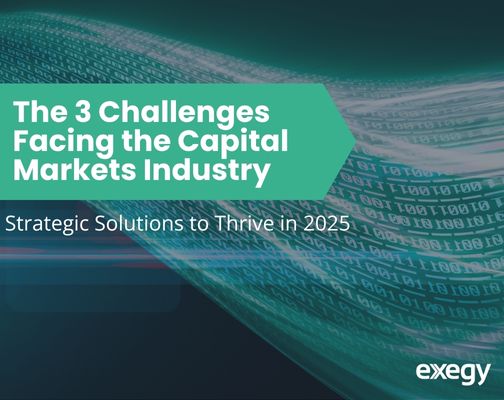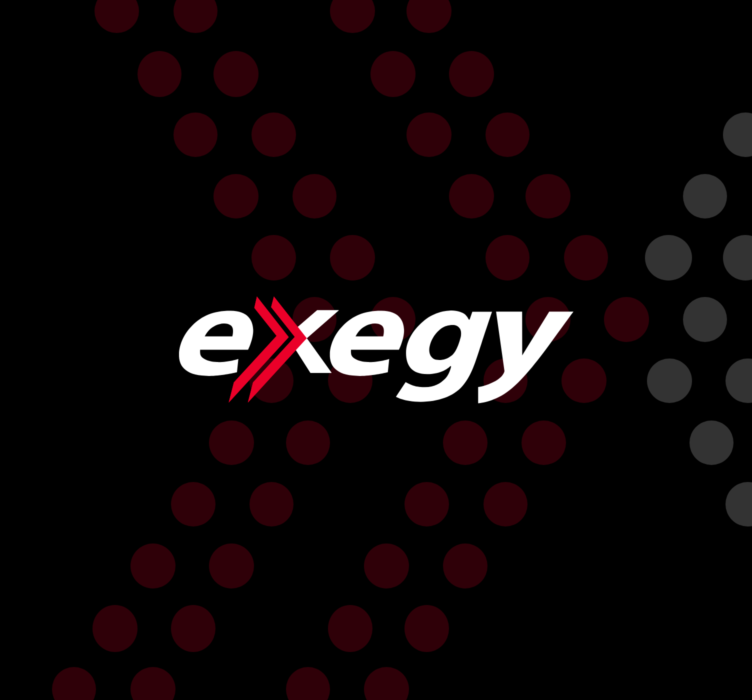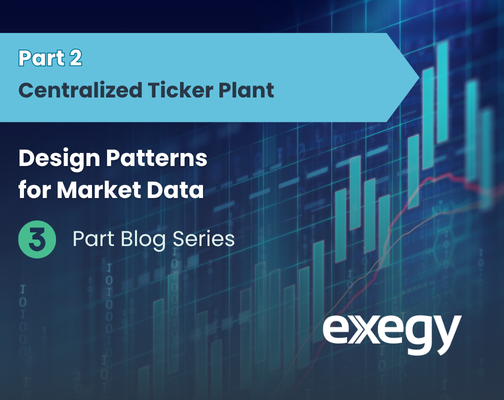CEO of CloudQuant, Morgan Slade, Talks Signum Summary Data
Morgan Slade, CEO of CloudQuant, joined us last week to talk about Signum’s Liquidity Lamp Summary Data. We talk about finding the edge, how this data is different than anything else out there, what CloudQuant’s clients have experienced with it so far, and how CloudQuant is feeding it to its own machine learning models.
Signum data is derived from Signum’s Real-Time Liquidity Lamp Signal, built to detect the volume of hidden reserve orders made by institutional investors and available as intraday or end-of-day summary files. These order types influence the market and are key to understanding price movements. Here is what Morgan Slade had to say about Signum data files:
Who is using Signum data?
MS: Well, Signum data looks at large institutional players who are taking risks over larger time horizons and have significantly larger trading footprints than normal, which causes momentum in price over time due to the serial correlation of their order flow.
For the smaller cap universe, the degree of correlation is much higher than you’d see in larger liquid names. This is a signal that operates in the extremes. The extreme values will have the most edge.
So, most of the players that use Signum data files would be looking at the top 5 or bottom 5, or top 10, bottom 10% of the values, and potentially even more granular than that maybe the top and bottom 1%.
This can be anyone from high frequency traders to anybody who trades the index and is interested in understanding institutional flow in the cash market, anybody building quantitative models who is missing this variable will find Signum data additive. They’ll be able to quantify this previously unknown variable and subsequently improve their forecasting power.
It’s also useful for individual institutional stock traders who want to see what the order flow in a particular name looks like, guys who are working algo execution desks might have 15 days’ worth of volume to trade over about two weeks and they’ll want to accelerate and decelerate activity because there is somebody else on the market doing the same thing and having this information would inform their trades and execution approach
What do your users expect to get out of Signum data?
MS: I think they’re expecting to get real-time or near real-time daily insights into what large players are doing and you know, essentially try and understand price movements.
Price movement can be caused by two things: actual trades occurring and causing market impact, which is what Signum data is measuring, and the second thing is change in expectations by market participants. You know, prices can change without any trading occurring whatsoever. Like you see with the Ukraine war, when that happened price changed for crude oil and other things, that’s a change of expectation. Signum data measures the former. Our users want to know that information.
Are there instances where the data has already improved trades?
MS: Yes, we have a number of clients who have done their testing with their own research tools, and they’ve identified significant value add and are licensing the product. They range anywhere from high-frequency intraday trading all the way up to 10-day time horizons or more.
What are key metrics that drive your clients purchasing decisions?
MS: Our clients are typically looking for a certain Sharpe ratio, with Signum data they’re able to achieve that.
What drew you to Signum data vs other datasets?
MS: The insights being derived directly from the order book is unique. We have a number of institutional flow datasets from seven or eight other vendors, but we recommend Signum data because of it being derived directly from the actual market and the trades happening on the market versus being an end-of-day summary of something going on, for example, on the clearing side.
It is also a unique way of labelling sophisticated order flow because we know that it represents 20 or 30% of the overall volume, but you can’t even get access to this order type unless you’re an institutional trader.
What is CloudQuant doing with Signum data?
MS: Our research team is actively using our machine learning and AI pipeline to generate lots of really diverse ways of quantifying this dataset and expressing it in a way where we can statistically measure what the value-added content is. Once we’ve identified what the top 100 features are that we think correctly capture the essence of this data, then we’re going to be training some machine learning models to make predictions over a variety of time horizons. We’ll then share those efficacy rates so we can tell people what time horizons are the juiciest, whether it needs to be momentum or mean reverting, and we’ll even explain to them how to get those answers.
Learn More
Signum data is available as intraday and end-of-day files. With Signum’s daily summary data on reserve order activity, your information will always be fresh and actionable.
To learn more request demo data or talk to our experts today.



